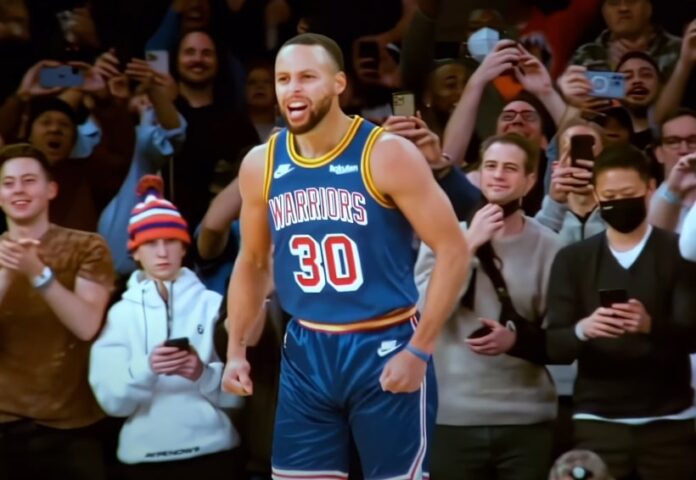Basketball sure isn’t what it used to be, no more rugged, hard-hitting battles in the paint.
Now, it’s all about calculating shooting angles and perfecting that three-point arc, like it’s some kind of scientific experiment.
Gone are the days of scrappy, physical play; enter the era of endless graphs, data points, and laser-focused ‘training sessions’ designed to turn players into shooting machines.
Thanks to data analytics and cutting-edge tech, players and teams can dissect every dribble, every shot, and every move, like it’s rocket science.
Because who needs good ol’ raw strength and instinct when you’ve got algorithms and precision training to keep things…exciting?
It’s a whole new world where strategy and accuracy are king, and the rough-and-tumble game we knew has evolved—whether we like it or not.
The Role of Analytics in Modern Basketball Strategy
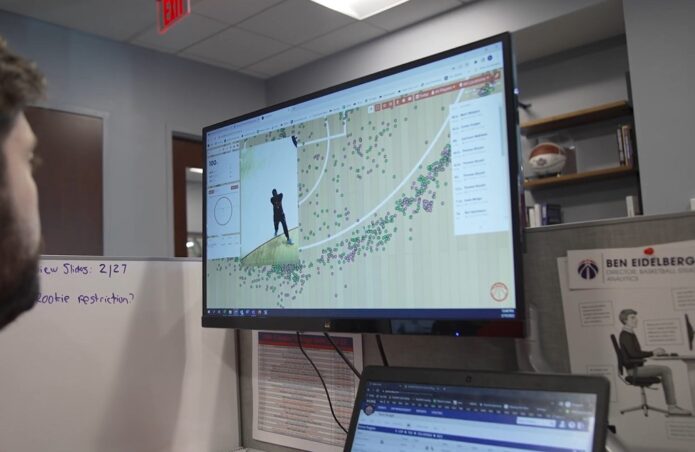
Remember when basketball was all about raw talent, fierce competition, and pounding it out under the hoop?
Well, welcome to modern basketball, where it’s less about muscle and more about math!
Here’s how data has completely changed the game—and not always in the ways we expected:
- Forget the Dunk Fest: Analytics has turned the game upside down, making the three-pointer the shot of choice. Why take a shot under the basket when you can get more points just by stepping back a little? Genius, right?
- Data Over Intuition: Coaches and analysts now rely on mountains of data to decide who should shoot and where. Because who needs gut instinct when you’ve got Excel spreadsheets and endless graphs?
- The Three-Point Revolution: Since stats show that shooting threes yields more points per attempt than the “antiquated” mid-range shot, teams now chase those high-efficiency threes. Want to look “strategic”? Just keep everyone around the arc!
- Player Efficiency Metrics: Now, players are rated by zones. If you’re great at corner threes, that’s all you’ll do. Specializing to the point of being predictable is what wins games!
Analytics has turned basketball strategy into a highly calculated, almost robotic operation, giving us fewer surprises and more… spreadsheets.
Three-Point Revolution
Oh, the good old days of slam dunks and post-up play—how quaint they seem now in this age of relentless three-point bombardment.
Here’s the deal: the three-point shot isn’t just a strategic choice; it’s practically the law in modern basketball.
And who do we have to thank? Teams like the Golden State Warriors and the Houston Rockets, who took “shooters gonna shoot” to heart and made it their core philosophy.
Here’s how it all went down:
Analytics Made Us Do It
Numbers don’t lie, right? With all those clever statisticians proving that three-pointers offer higher returns, especially if you’ve got players who can hit them regularly, teams simply couldn’t resist.
Why go for two when three is just one more point and way more entertaining?
The Warriors’ Blueprint
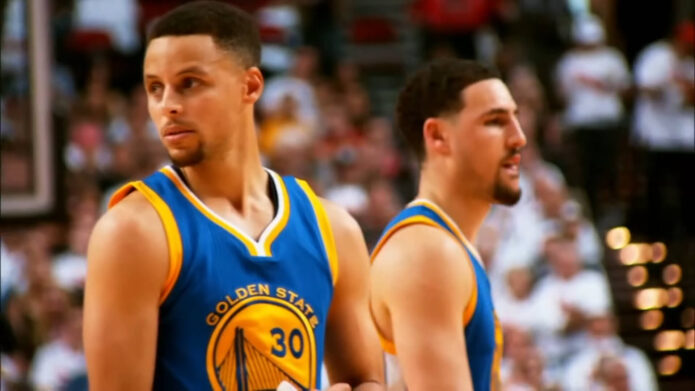
The Warriors didn’t just play with shooters, they built a whole empire around them.
Stephen Curry and Klay Thompson launched threes with such ease and success that defenses started scrambling.
As a result, Golden State snagged multiple championships, making their three-point-heavy roster the golden standard for success (pun fully intended).
The Rockets’ All-In Gambit
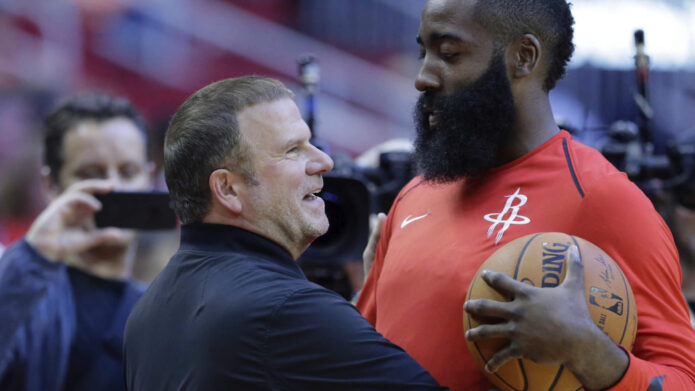
When it comes to committing to a bit, no one did it quite like the Rockets. Daryl Morey didn’t just dip his toes into the three-point pool; he cannonballed in. Under his watch, Houston practically threw out the idea of mid-range shots.
Their approach? Take as many threes as possible. It was bold, it was brash, and it had everyone else scrambling to keep up. For a team where shooting efficiency became a borderline obsession, it was a matter of three points or bust.
The “If You Can’t Beat ‘Em, Join ‘Em” League-Wide Response
Thanks to the Warriors and Rockets, every NBA team now has to consider how to handle high-volume, high-efficiency three-point shooters.
Even the defensive strategies are changing, as teams adapt to counter long-range specialists who can transform games in minutes.
If you’re looking for sports predictions on how this might shake out for your team next season, TheTopBookies sports predictions have you covered.
Revolutionary Training Methods Enhancing Shooting Skills
Now let us take a look at some of the training methods that can help enhance shooting skills.
Wearable Technology
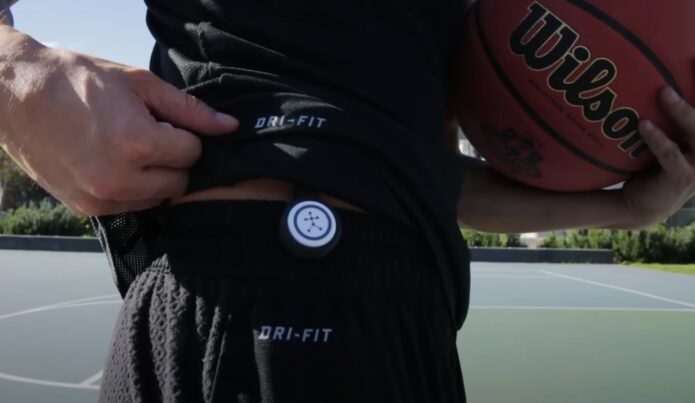
Thanks to wearable technology, basketball training is no longer just about practicing hard; it’s about tracking every single twitch.
Because who doesn’t want a device that monitors their every move? Here’s what players and coaches can obsess over now:
- Real-time feedback on essential mechanics like shot angle, release time, and wrist movement. Finally, no more guessing if that release was a hair too slow.
- Personalized biomechanical data to tailor routines, since generic advice like “keep practicing” is so 2010.
- For those aiming to polish their shooting form down to the millimeter, wearable tech offers a treasure trove of insights. Even minor “mistakes” that affect shot accuracy? Found and displayed in exquisite, data-driven detail..
Virtual Reality
Virtual Reality (VR) takes training to a whole new level by letting players shoot without actually being there. Why wear out the legs when you can just pretend? In VR training, players can:
- Practice in-game scenarios without breaking a sweat. It’s like playing a real game but without the pesky physical effort.
- Enhance shot selection and muscle memory while conveniently avoiding a real defender.
- Face imaginary “clutch moments” and feel the thrill of fake game-winning shots, all from the comfort of their living room.
VR is practically a warm-up for players who need confidence, simulating that crucial buzzer-beater without ever leaving the headset. And hey, if you’re questioning your next shot, TheTopBookies sports predictions might also give you a heads-up on whether to even take it.
Machine Learning
Welcome to the future, where your favorite game isn’t just basketball; it’s data. Machine learning (ML) now analyzes a player’s every missed shot, airball, and rim-grabber to create the perfect training regime. Here’s how ML redefines “going to the gym”:
- Tracks shooting patterns over time because obviously, you need a pattern to notice where you keep missing.
- Identifies weaknesses and suggests specific drills. Struggling with three-pointers? ML will remind you of it. Every. Single. Time.
- Generates custom routines so your practice isn’t just any practice – it’s optimized practice. Think of it as being nudged into a routine only a robot could love.
Technology’s Broader Impact on Competitiveness and Engagement
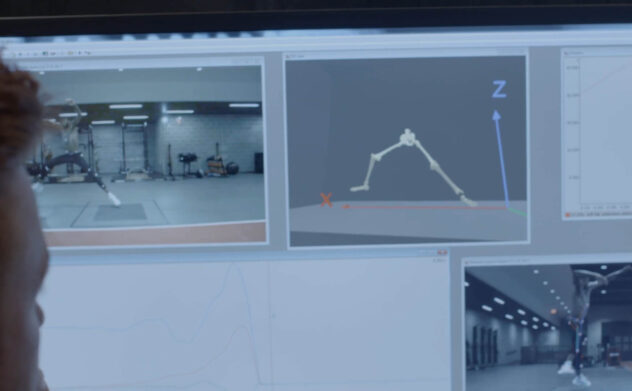
Thanks to data analytics, athletes today are pampered with “tailored” training that’s all about keeping them on the court for as long as possible (because who doesn’t want their favorite player pushing through until retirement age?).
By monitoring every ounce of performance data, coaches get to play detective with fatigue and potential injuries, because nothing says “safety” like intense data scrutiny.
Here’s how it all plays out:
- Personalized Training Plans: Tailored workouts that supposedly match each player’s unique needs (assuming players are eager to become statistical data points).
- Injury Prevention: Coaches track every sign of fatigue and poor mechanics, aiming to curb those pesky injuries before they strike.
- Overuse Management for Shooters: Ah, load management—because shooters can’t just shoot all the time, right? Analytics now keeps them from “overdoing it.”
- Extended Careers: The bottom line—keeping athletes competitive (and marketable) for as long as humanly possible.
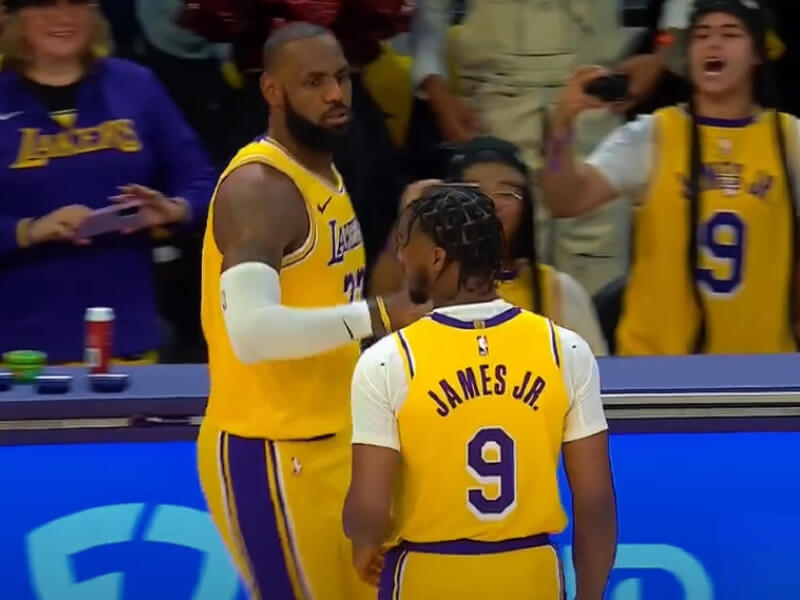
So yes, analytics apparently keeps players “competitive” and lets us all watch them for many more seasons. Lucky us!
Augmented Reality (AR) and the Fan “Experience”
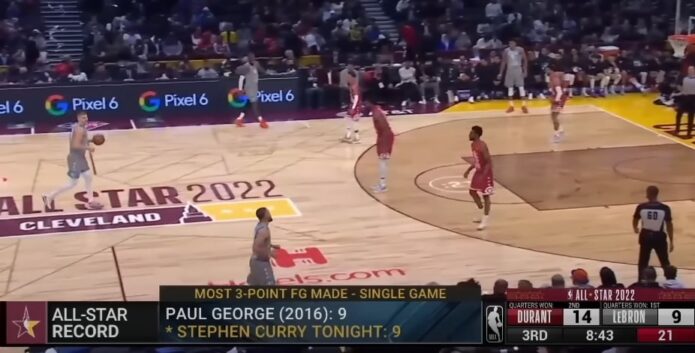
Enter AR, the newest way for fans to connect with the game—because watching from the stands just isn’t enough anymore.
With AR, you can now “engage” with players like never before (or at least, “watch them improve” more closely).
Here’s what it brings to the table:
- Real-Time Stats: Why just watch when you can see a live feed of stats cluttering up the screen? Now fans can view every minute detail of a player’s shooting mechanics as if it’s somehow entertaining.
- Interactive Experience: AR lets fans “follow the journey,” like a reality show for sports, where shooting percentages become plot twists.
- Social Media Amplification: Fans get the privilege of sharing every tiny improvement in shooting percentage on social media—celebrate each three-pointer like it’s the game-winner!
With AR, fans transform from passive spectators into overly informed followers, dissecting each player’s progress and ensuring they never miss a stat. And hey, if that strengthens loyalty, then mission accomplished, right?
Case Studies and Key Examples
Now let us take a look at some case studies that prove this to be a fact.
Golden State Warriors’ Data Revolution
Ah, the Golden State Warriors—changing basketball “one three-pointer at a time.” They’re the poster child for how data can “transform” a team’s playing style. Here’s how they did it:
- Three-Point Offense Focus: Forget two-point shots; those are for the unenlightened. The Warriors embraced an all-in three-point strategy, redefining “championship-level play.”
- Efficiency Obsessed: Analytics made it clear—shooting is the only thing that matters. The rest? Just details.
- Stephen Curry as a Data Darling: Curry became the face of “small ball” (or what some might call “let’s make the tall guys feel irrelevant”).
- Winning Through Agility: Traditional size advantages? No thanks. The Warriors dominate with accurate shooting and quickness, proving that good data and good legs are the real secret weapons.
Houston Rockets’ Three-Point Strategy Under Daryl Morey
Daryl Morey, former GM of the Houston Rockets, wasn’t interested in being ordinary. Why? Because data said so. Here’s what his analytics-first strategy looked like:
- “3s and Layups” Philosophy: Three-pointers and layups—that’s it. Mid-range shots are officially “off the menu.”
- Record-Setting Three-Point Attempts: In case anyone missed it, the Rockets attempted more threes than ever before. Did someone say overkill? Morey says strategy.
- Consistent Playoff Appearances: Rockets fans may not have rings to flash, but hey, at least they have their three-point stats.
- Analytics-Driven Identity: They became the team that believed every other shot was basically a waste of time. And, in their defense, the numbers didn’t completely disagree.
LeBron James’ Comprehensive Training Regimen
LeBron James—just a guy using wearable technology to “stay young.” Because who needs rest when you can just monitor every inch of your body with data?
- Wearable Technology: LeBron straps on every sensor available to optimize, well, everything.
- Metrics Galore: Shooting angle, recovery time, muscle strain—every possible measure is noted to keep “King James” at his best.
- Customized Training: Data lets him tweak his routine, helping him avoid pesky things like fatigue and normal aging.
- Mechanics Overhaul: LeBron’s endless attention to his mechanics shows how even “veteran” players use tech to stay relevant. After all, winning is only for the quantified.
Summary
Ah, basketball today, where players no longer just aim for the hoop but for a perfect symphony of data points and shot charts.
Shooting trends have gone from instinct to science experiments, thanks to our friends in analytics and high-tech training tools.

